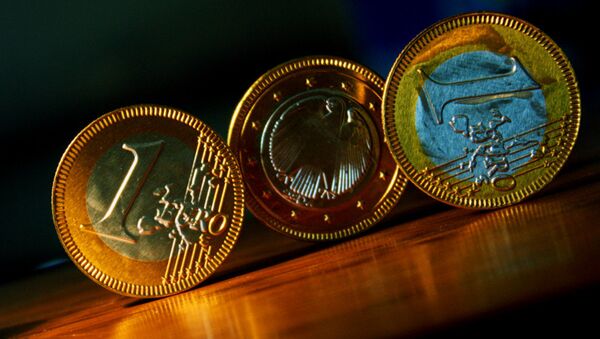Finland's growing national debt has been a standing source of concern for European officials. According to the latest report from Statistics Finland, the national debt has exceeded EU limits, reaching 63.1 percent of GDP in March.
In mid-March, Finland's Finance Minister Alexander Stubb of the National Coalition Party, came under fire from the European Commission, which slammed the country's poor economic performance and failure to keep the national debt within the specified limit.
Together with Finland's shrinking economy, unemployment, an ageing population and the government's highly unpopular austerity measures, this suggests that the bottom has not yet been reached. Fitch expects the general government debt-to-GDP ratio to continue to increase to 67.5 per cent by 2020, the credit rating agency highlights.
At some point this year, the Finnish parliament is supposed to discuss a citizens' initiative on a referendum, questioning the country's membership in the Eurozone. The initiative was engineered last summer by veteran politician Paavo Väyrynen, former minister and chairman of the Center Party and current member of the liberal Alde group in the European Parliament. Last year, the petition demanding Finland's withdrawal from the Eurozone gathered over 50,000 signatures in record time.
Tuomas Malinen, postdoctoral researcher at the University of Helsinki, agrees that Finland should have stuck to its national currency, the markka. According to his article in the Huffington Post, the entire blame for Finland's economic hardship rests with the euro. He argues, that Finland's exports would have been 15 percent higher had the marrka been preserved as the country's currency.
Finland's national debt can be followed live at Velkakello.





